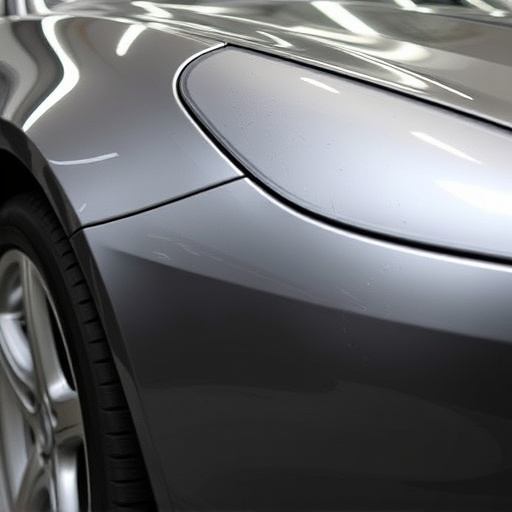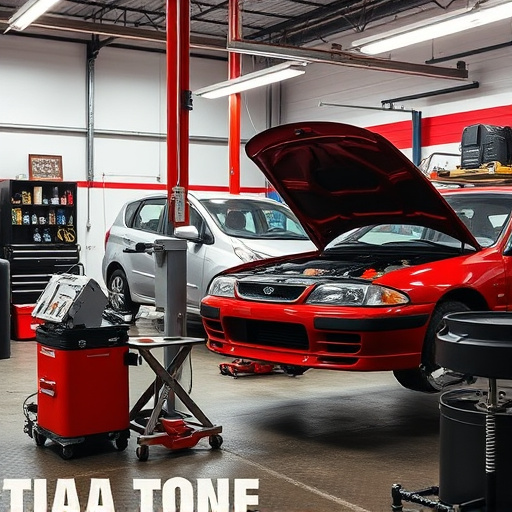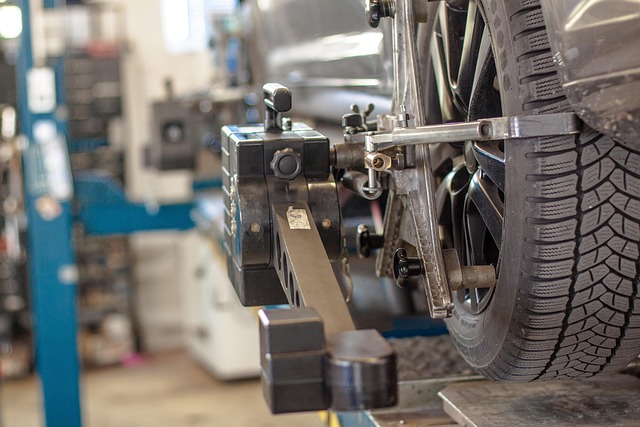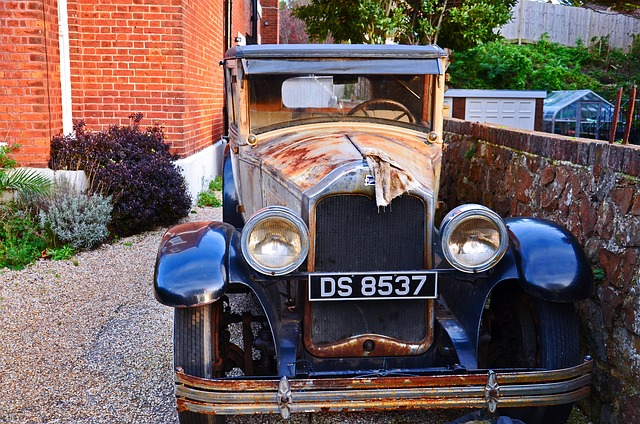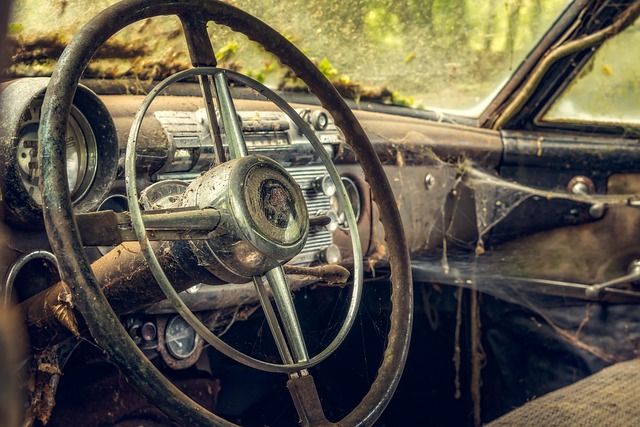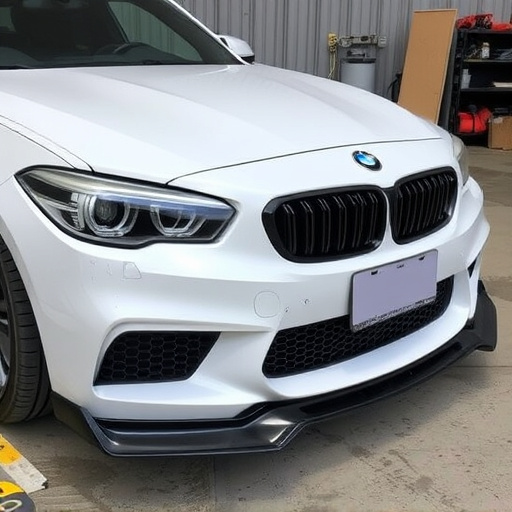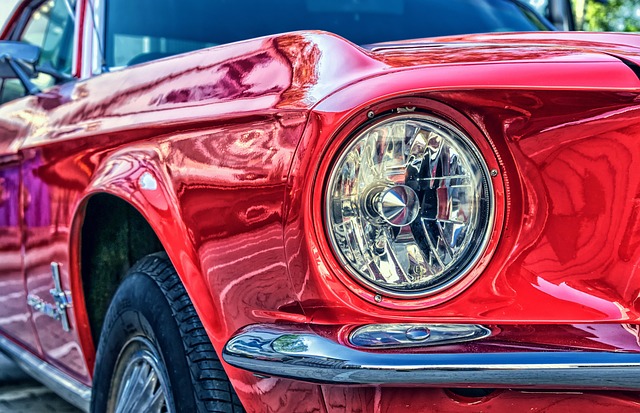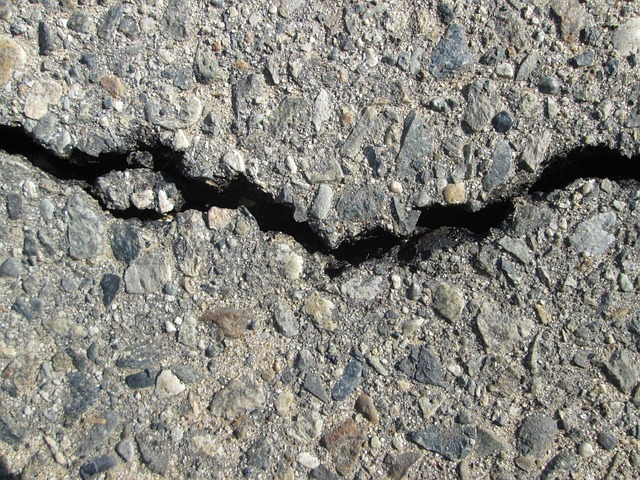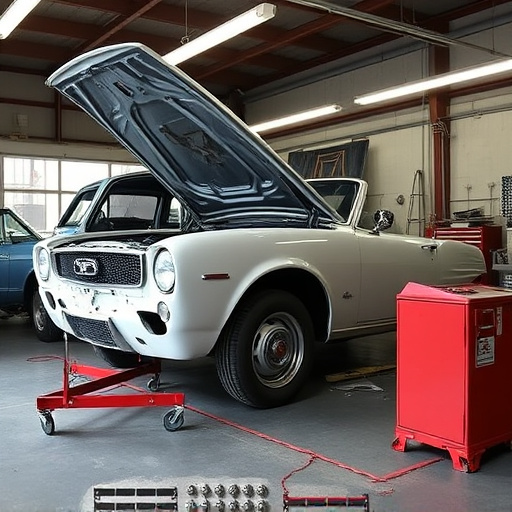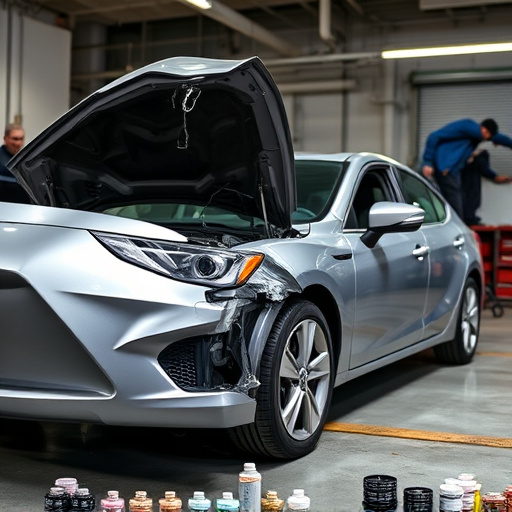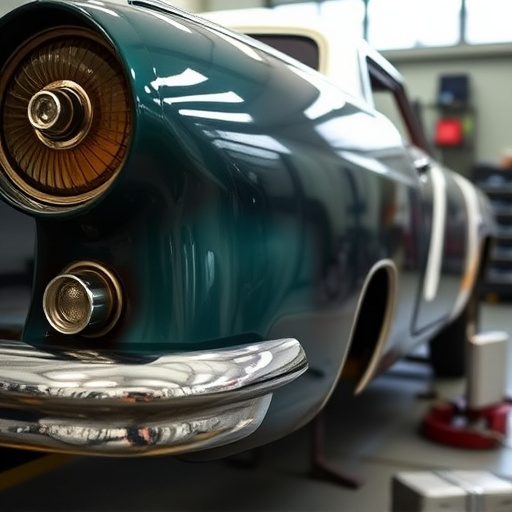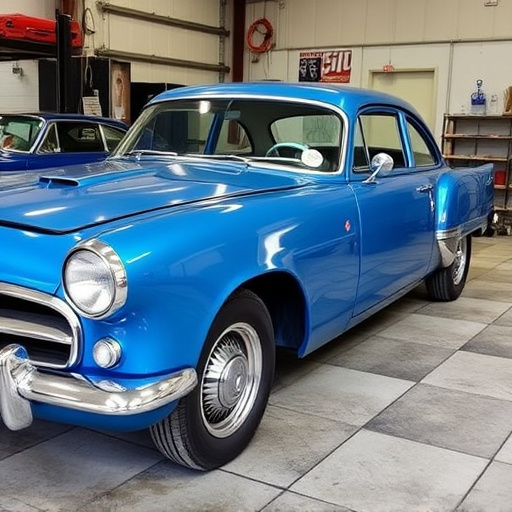Digital Color Matching technology revolutionizes specialty paint application in automotive collision repair, ensuring precise color accuracy and superior finishes through advanced algorithms and computer vision. It outperforms traditional methods by eliminating human error, streamlining paint preparation, and reducing turnaround times. This technology is particularly beneficial for high-end vehicles, setting a new standard of excellence in specialty paint application. However, challenges include variable lighting conditions and digital representation limitations, requiring skilled technicians for optimal results.
In today’s digital age, precision in specialty paint applications has reached new heights with the advent of advanced digital color matching technology. This innovative approach transforms the way colors are matched and mixed, significantly impacting the accuracy and consistency of final finishes.
This article explores how digital color matching systems enhance specialty paint application processes, ensuring precise results. We will delve into the technology’s functioning, its advantages, potential challenges, and the overall impact on various industries relying on meticulous paint jobs.
- Understanding Digital Color Matching Technology
- Its Impact on Specialty Paint Application Precision
- Benefits and Challenges in Achieving Accurate Results
Understanding Digital Color Matching Technology
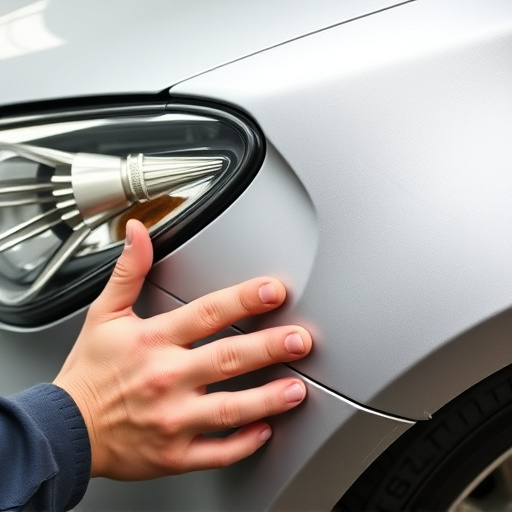
Digital Color Matching technology has revolutionized the way specialty paints are applied in industries like automotive collision repair and restoration. This innovative system uses advanced algorithms and computer vision to ensure precise color accuracy during the repainting process. By capturing the exact shade of a vehicle’s original paint, these systems can match colors with incredible precision, creating seamless finishes that are virtually indistinguishable from the original.
This technology offers significant advantages over traditional methods in collision centers and auto body shops. It eliminates subjective human interpretation, reducing the potential for human error and ensuring consistent results. Moreover, digital color matching streamlines the paint preparation process, as it can accurately predict the required mix ratios of pigments and bases, leading to faster turnaround times and higher-quality finishes in automotive collision repair projects.
Its Impact on Specialty Paint Application Precision
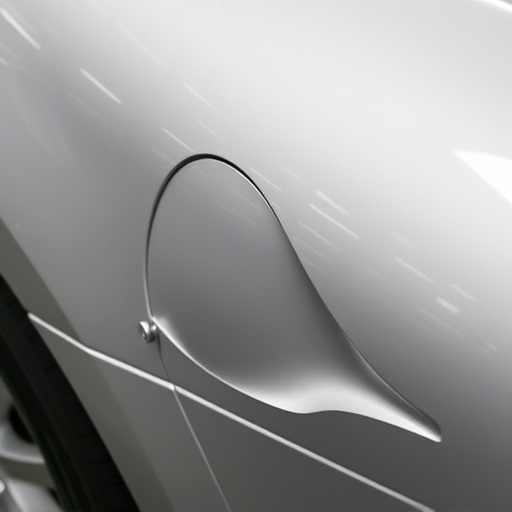
The advent of digital color matching technology has revolutionized specialty paint application in collision repair centers and vehicle body shops. Traditional methods relied on manual mixing and visual comparisons, leading to human error and inconsistencies in color accuracy. Digital systems, however, use sophisticated algorithms and sensors to analyze and match colors precisely. This ensures that the final finish on vehicles like Mercedes-Benz models is an exact replica of their original paint job.
The impact of this technology on specialty paint application precision cannot be overstated. It streamlines the process, reduces time spent on color matching, and minimizes waste due to inaccurate mixes. For collision repair centers handling high-end vehicles, such as Mercedes-Benz collision repair, digital color matching is not just a tool—it’s a standard of excellence that ensures customer satisfaction and maintains the vehicle’s original aesthetic value.
Benefits and Challenges in Achieving Accurate Results
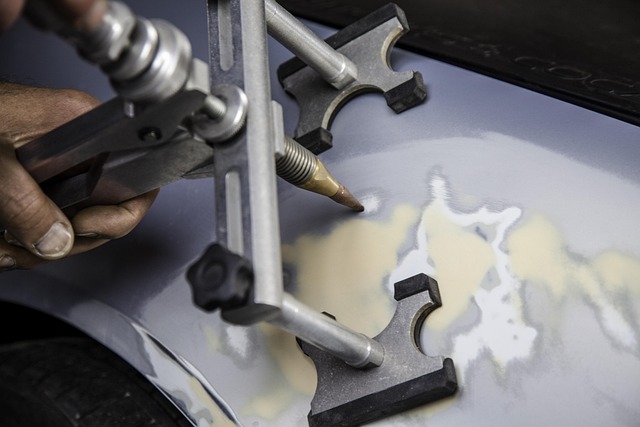
Achieving precise digital color matching in specialty paint applications presents both advantages and obstacles. One of the key benefits is the ability to replicate exact colors, ensuring a seamless finish on complex projects like car bodywork or auto collision repairs. This precision is made possible by advanced color-matching software that analyzes and recreates hues with remarkable accuracy.
However, challenges arise when dealing with factors such as lighting conditions, which can influence how colors are perceived, and the vast range of available shades, making precise matching a delicate task. Additionally, differences in screen calibration and the limited representation of colors on digital devices compared to physical paint samples can contribute to potential inaccuracies. Overcoming these challenges requires skilled technicians and a meticulous approach to ensure satisfying results in car paint services and other specialty applications.
Digital color matching technology has revolutionized the specialty paint application process, offering unparalleled precision and efficiency. By leveraging advanced algorithms and high-resolution displays, this innovative approach ensures accurate color replication, catering to the precise needs of various industries. While initial setup and calibration require expert knowledge, the long-term benefits include reduced waste, faster turnaround times, and consistent, high-quality results. As this technology continues to evolve, its integration into specialty paint applications will further enhance productivity and customer satisfaction.
